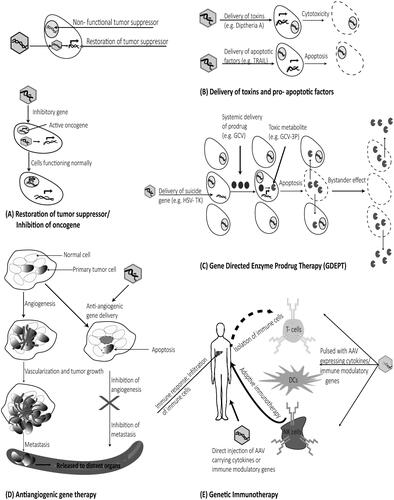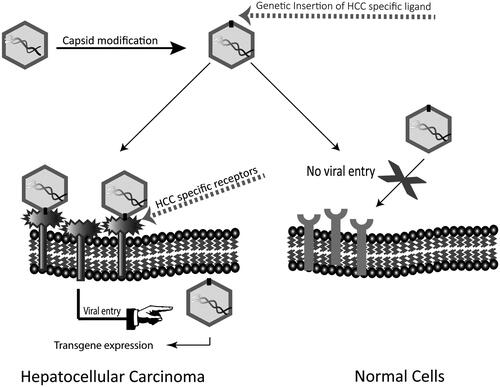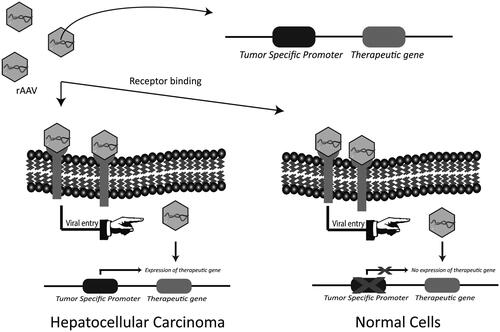Figures & data
Table 1. Gene therapy studies for HCC using AAV based vectors.



